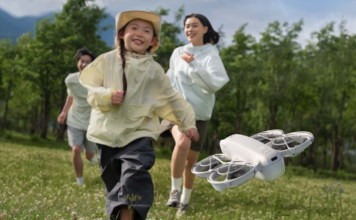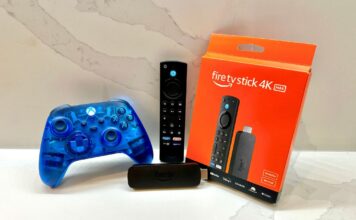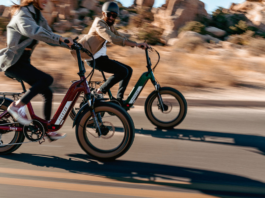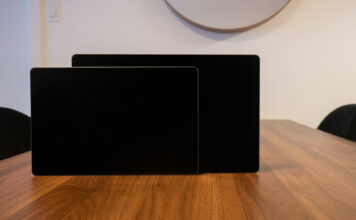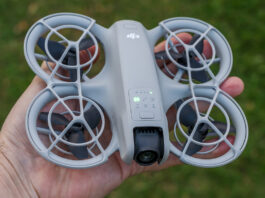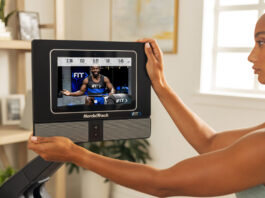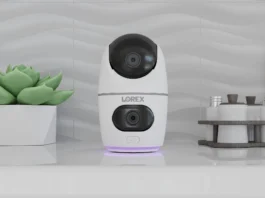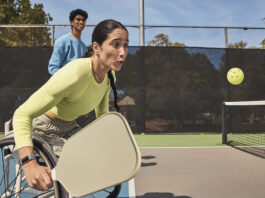
DJI is expanding its gimbal lineup with the new RS 3 and RS 3 Pro models. Designed for mirrorless and DSLR cameras, these models feature an automated axis lock system, third-generation RS stabilization algorithm, and one-tap calibration. This gives creators new tools for faster setup, easy operation, and more versatility.
What are the new features in the DJI RS 3?
The key feature of the RS 3 is a new automatic locking system that is designed to get filmmakers up and running in seconds. It automatically releases and unfolds when it’s turned on, and folds and locks when turned off. Press the power button once to enter sleep mode. The axis automatically locks making it easy to move to another location.
DJI says the 3rd generation stabilization algorithm provides a 20% improvement over the RS 2. This makes it easier to shoot at low angles, running, or filming from a moving vehicle.
The RS 3 has large touchscreen controls
The RS 3 features a large built-in 1.8-inch OLED full-colour touchscreen. This is a 28% increase in screen size compared to the DJI RS 2. The touch controls make it easy to set parameters, check shooting status, and frame tracked subjects. The OLED screen offers high brightness suitable for outdoor viewing with lower power consumption. DJI says most setups can be done directly without connecting to the mobile app.
Wireless shutter control to save time
The RS3 is equipped with Dual-Mode Bluetooth technology to support wireless shutter control. After an initial Bluetooth pairing, users can control video and photo shooting by pressing the record button on the stabilizer. Previously paired cameras automatically reconnect after the first use. This saves time and effort with every use.
What sets the RS 3 Pro apart?
The RS 3 Pro is the professional version of the RS series. Weighing just 3.3 pounds, the RS 3 Pro arms are constructed from layered sheets of uncut carbon. This makes it lighter and stronger than the RS 2 while increasing stiffness and lowering the weight. In all, it’s designed to cope with demanding shooting environments and can handle up to 10 pounds of payload.
The extended carbon fiber axis arms also allow more balancing space. This makes it suitable for pro cinema cameras. To assist with the balancing process, a fine-tuning knob for the tilt axis to move the camera forward or backward, down to the millimeter. Like the RS 3, the Pro model has the new automated axis lock system, Bluetooth Shutter Button, and a 1.8-inch OLED touchscreen.
LiDAR assistance to make focusing easier
For solo shooters, manual lenses bring focusing challenges in professional projects. The RS 3 Pro uses Ronin 4D’s advanced LiDAR focusing technology. This technology creates the new DJI LiDAR Range Finder (RS). This is capable of projecting 43,200 ranging points within a 14-meter indoor area. It uses a DJI-developed chip that is identical to the one used in Ronin 4D and a built-in 30mm camera. This boosted the computer power of Active Track by more than 60 times creating ActiveTrack Pro.
When can you get the RS 3 and RS 3 Pro?
The DJI RS 3 and RS 3 Pro are available for preorder at Best Buy. Be sure to check the Best Buy Blog for upcoming reviews on all the latest stabilizers.



